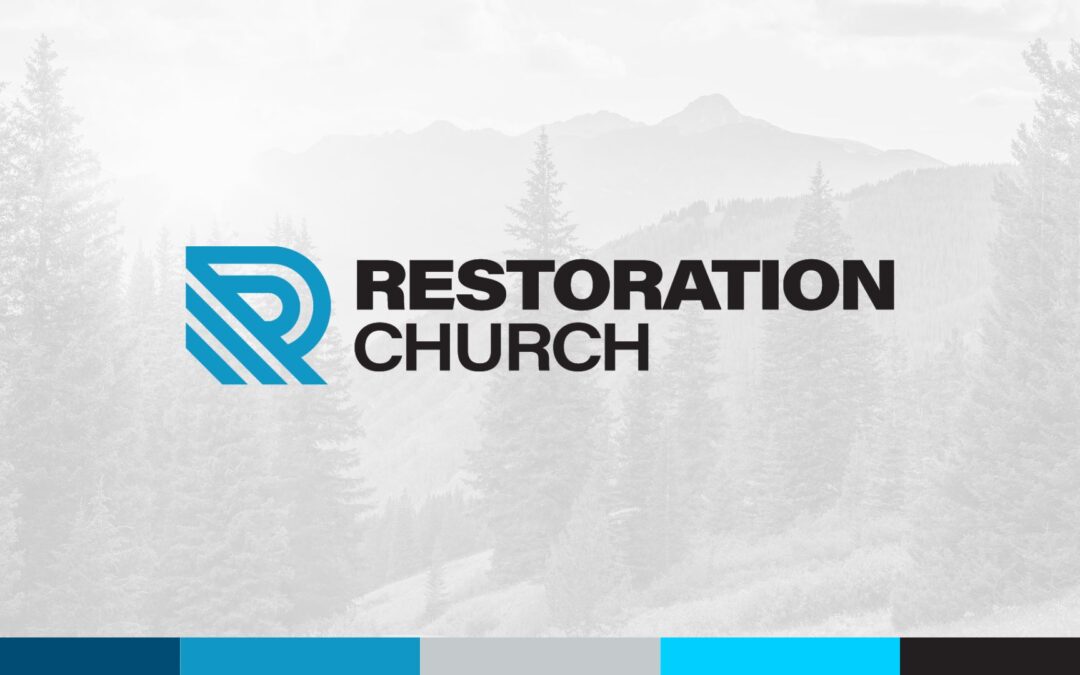Optimizing Your Church's Online Presence
Creating an effective church website is crucial in today's digital landscape. By focusing on topical authority and user intent, you can build an online presence that resonates with your congregation and attracts new visitors. This section delves into strategies to enhance your church's website and digital marketing efforts.
Through a strategic approach to content, design, and search engine optimization, you can position your church as a trusted authority within your community and beyond. The insights and best practices outlined here will guide you in crafting a compelling online experience that strengthens your church's connection with both existing and potential members.
Leveraging SEO to Reach Your Community
Search engine optimization (SEO) is a powerful tool for churches to increase their online visibility and attract visitors. By understanding the search queries and intent of your target audience, you can optimize your website's content and structure to rank higher in search results. This not only helps new individuals discover your church but also ensures that your existing members can easily find the information they need.
Implementing effective SEO strategies, such as keyword research, on-page optimization, and link building, can significantly improve your church's online presence and drive more engagement with your digital content. By focusing on topical authority and addressing the specific needs of your congregation, you can establish your church as a reliable and trustworthy resource within your community.
Designing a User-Friendly Church Website
A well-designed church website plays a crucial role in creating a positive first impression and fostering a strong connection with your audience. By prioritizing user experience and aligning your website's design with your church's brand and values, you can effectively communicate your message and engage your visitors.
Incorporating responsive design, intuitive navigation, and visually appealing elements can make your website more accessible and inviting to both existing members and newcomers. Additionally, ensuring that your website content is organized in a logical and semantic manner can enhance readability and improve the overall user experience, ultimately leading to increased engagement and conversion rates.
Crafting Compelling Church Content
The content on your church's website is the foundation for establishing topical authority and connecting with your audience. By creating informative, engaging, and visually appealing content, you can effectively communicate your church's mission, values, and programs, while also addressing the needs and interests of your target audience.
Strategies such as query clustering, semantic flow, and the incorporation of multimedia elements can help you deliver a cohesive and user-friendly content experience. By aligning your content with the specific needs and search intent of your congregation, you can position your church as a trusted and authoritative resource within your community.
Measuring and Optimizing Your Church's Online Performance
Regularly monitoring and analyzing the performance of your church's website and digital marketing efforts is crucial for continuous improvement and growth. By leveraging data-driven insights, you can identify areas of strength, address pain points, and make informed decisions to enhance your online presence.
Tracking key metrics such as website traffic, user engagement, and conversion rates can help you understand the effectiveness of your strategies and make data-driven adjustments to better serve your congregation and attract new visitors. This iterative process of measurement and optimization will ensure that your church's online presence remains relevant, impactful, and aligned with the evolving needs of your community.








